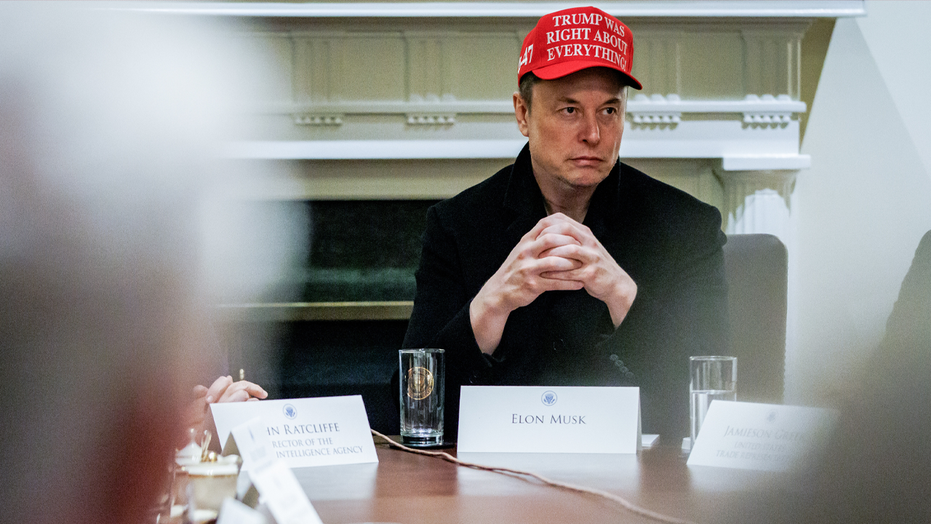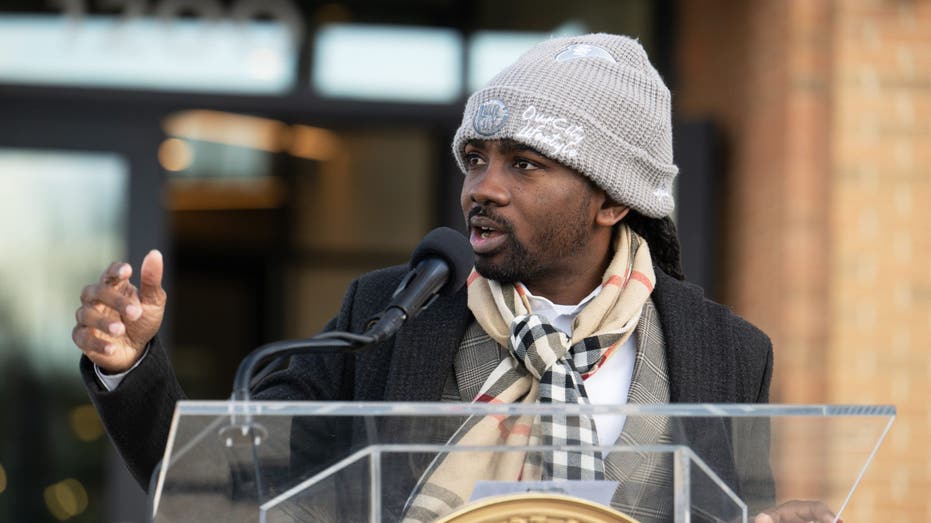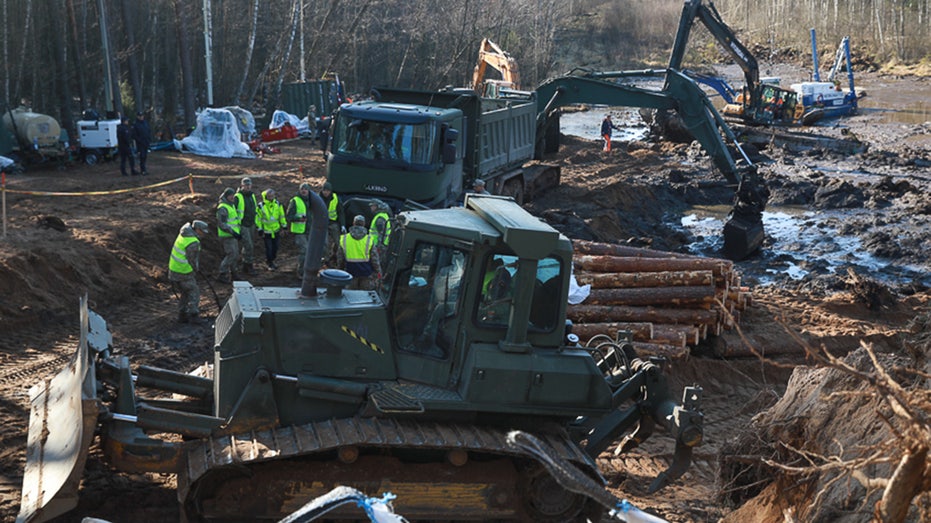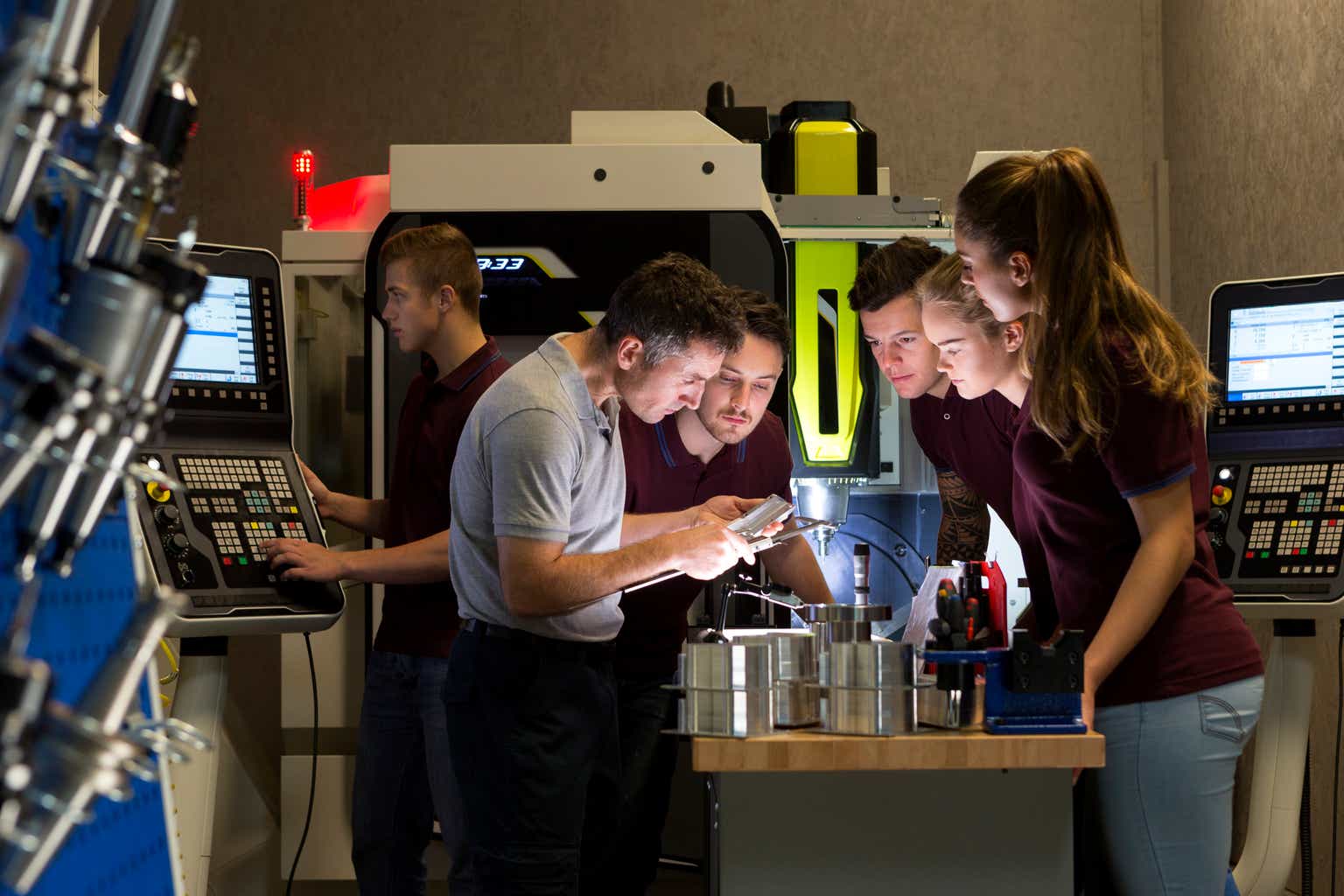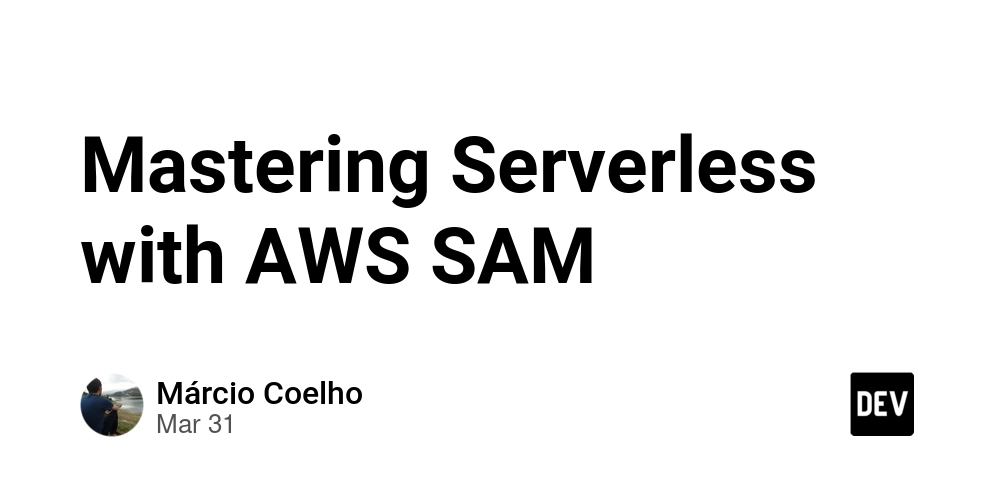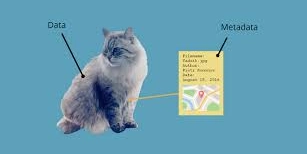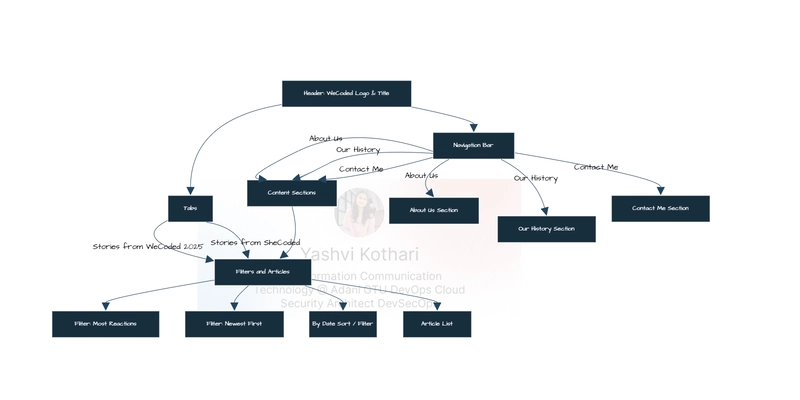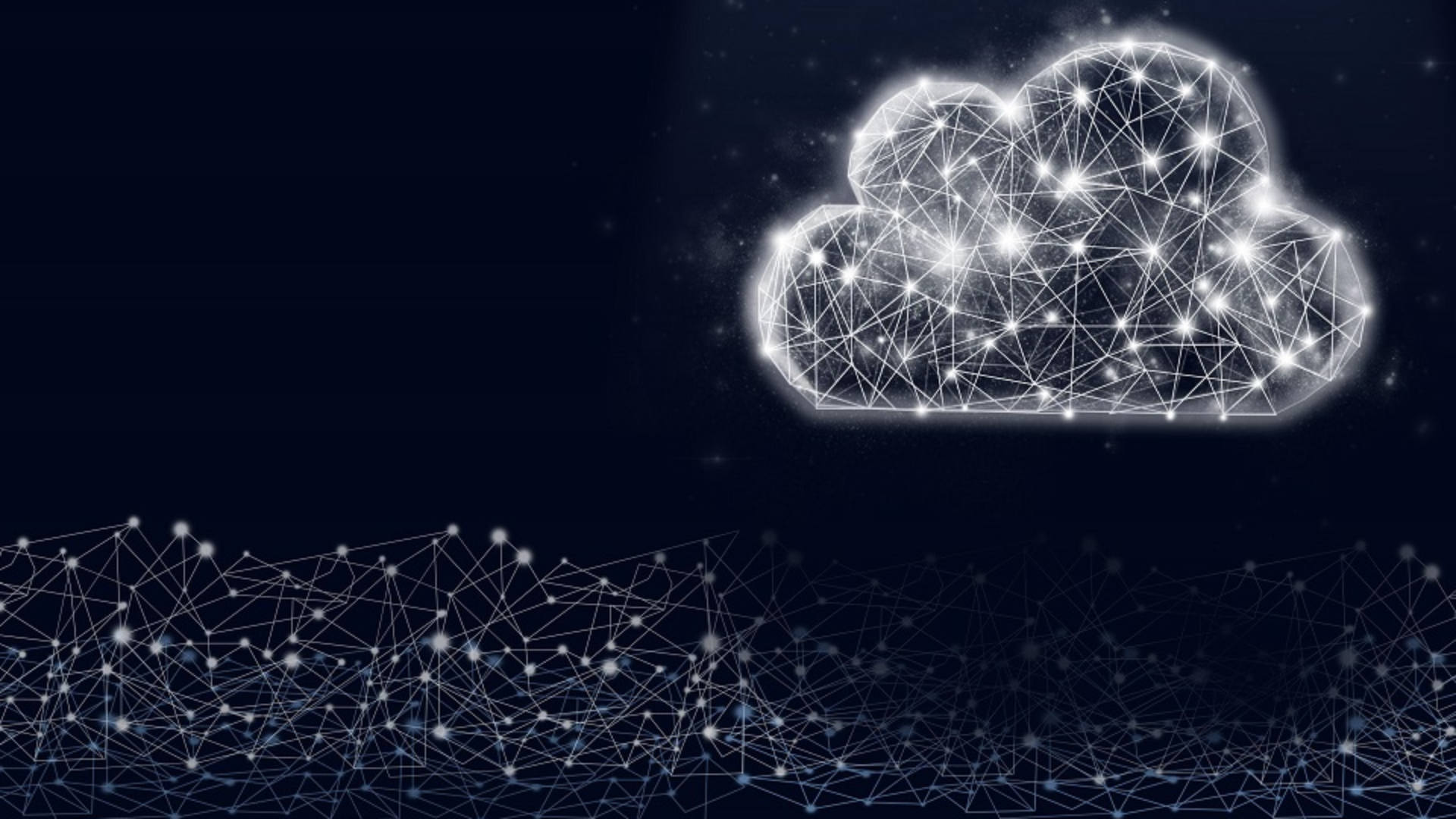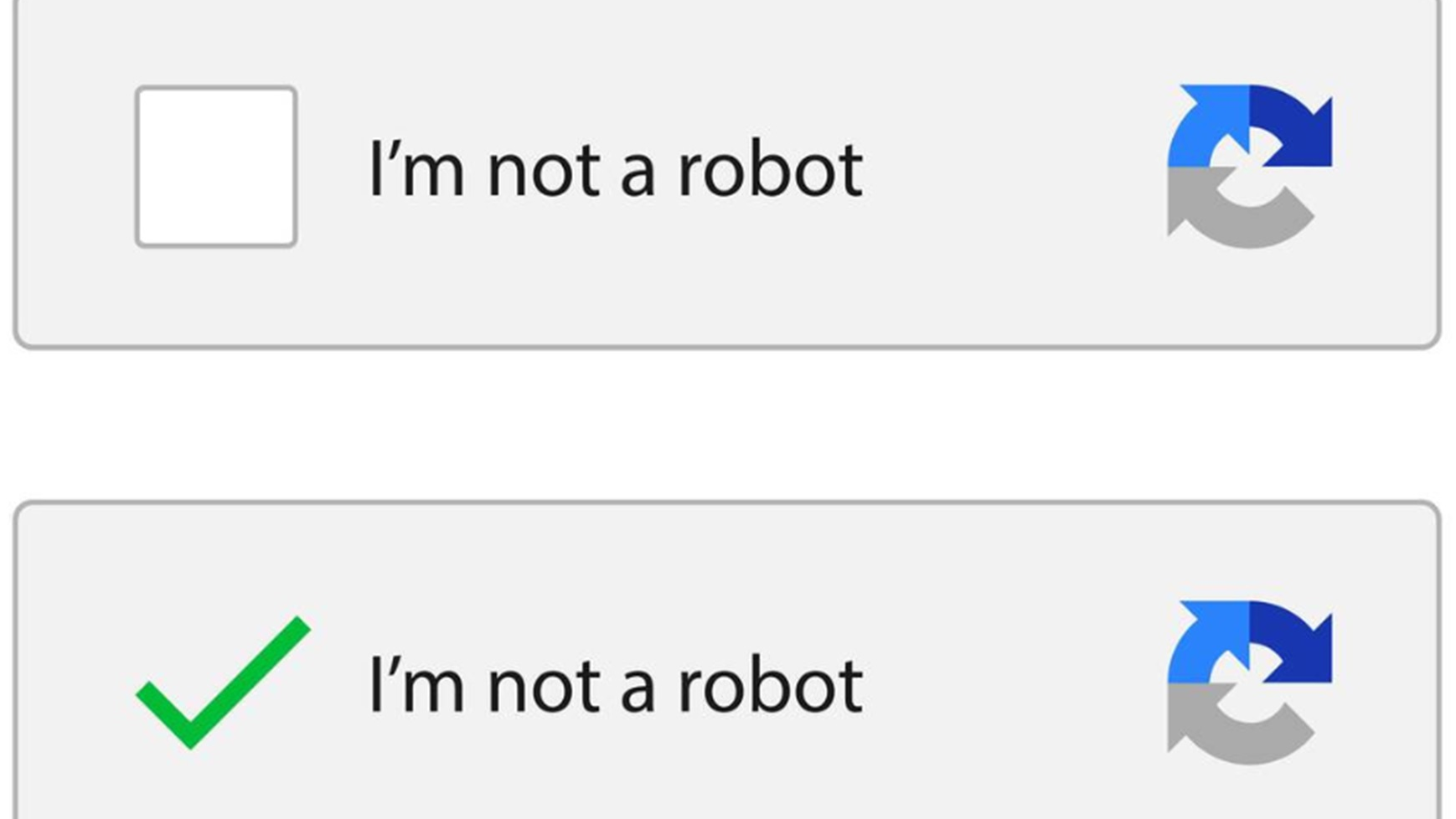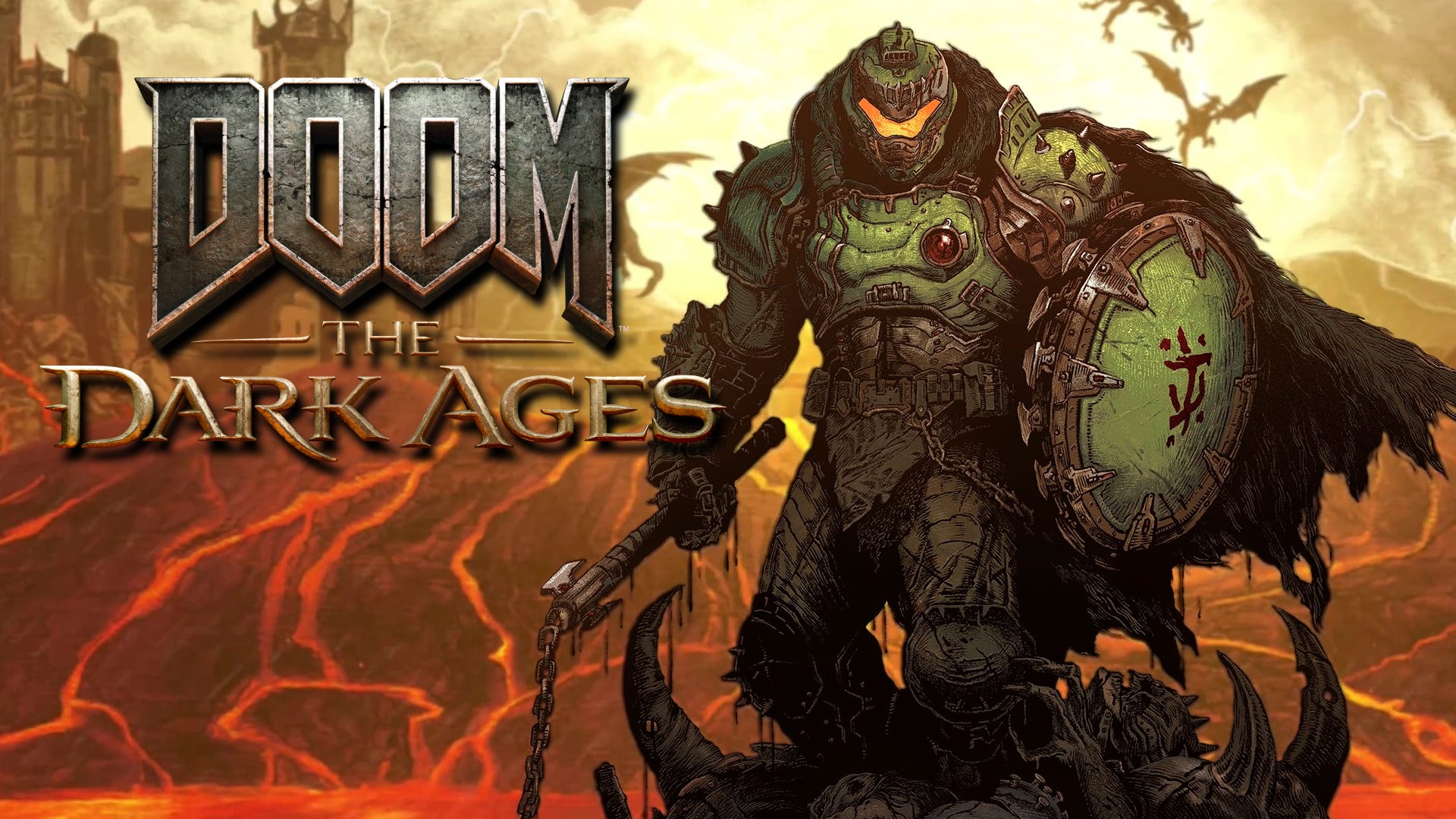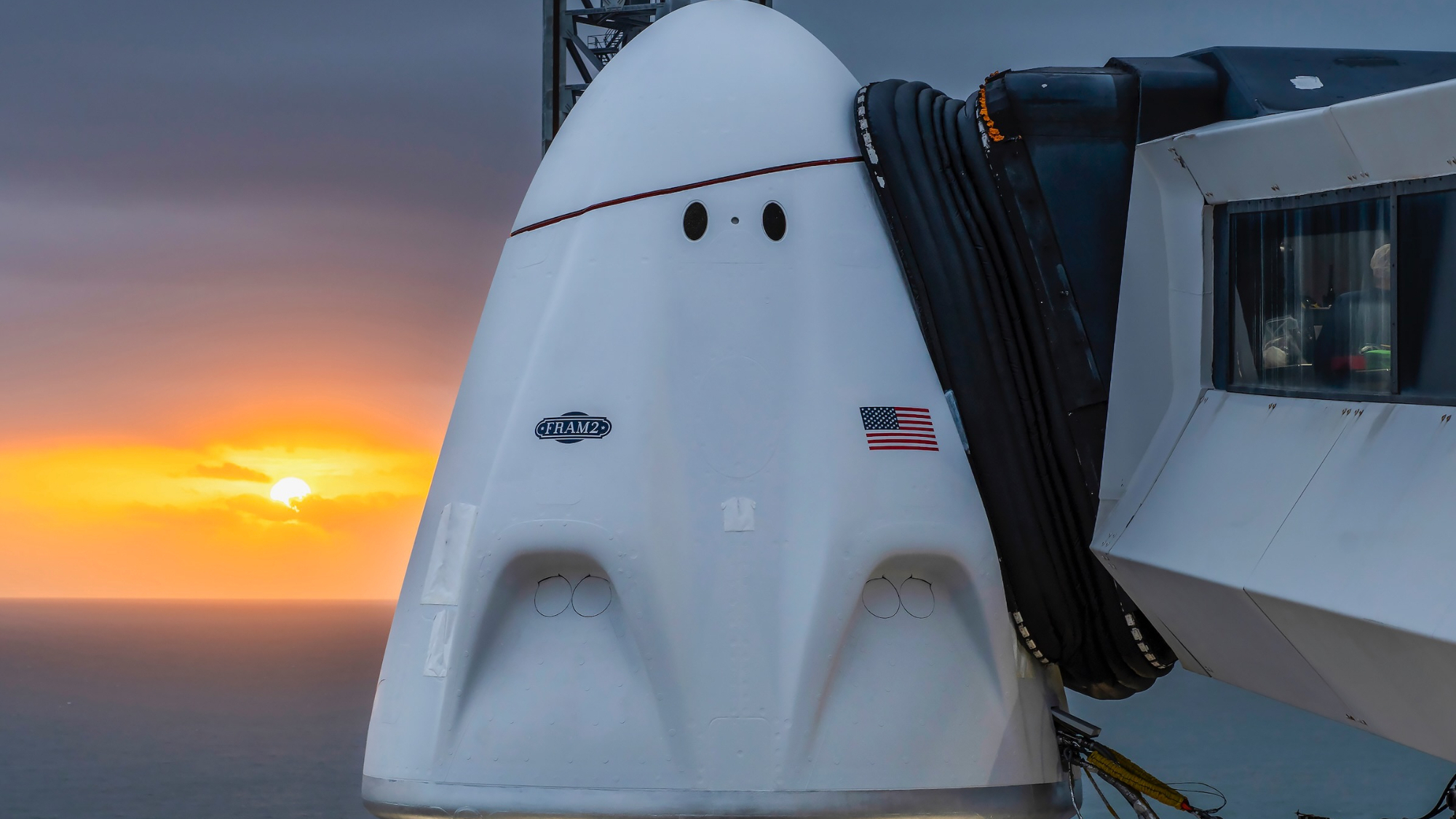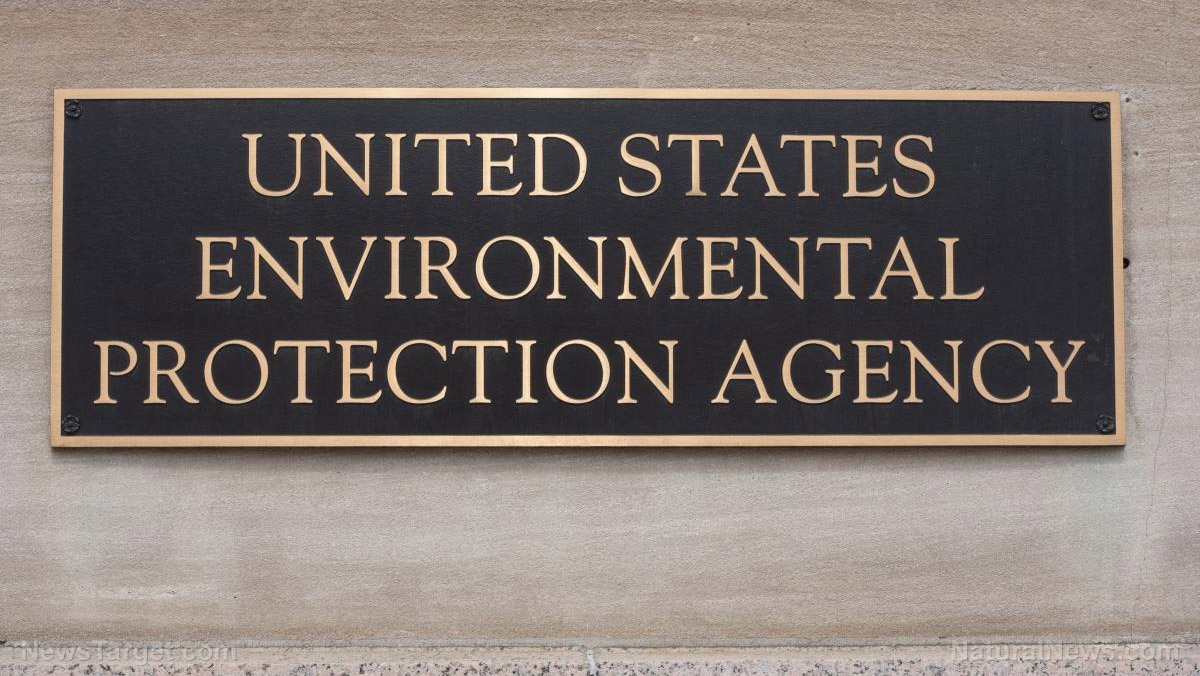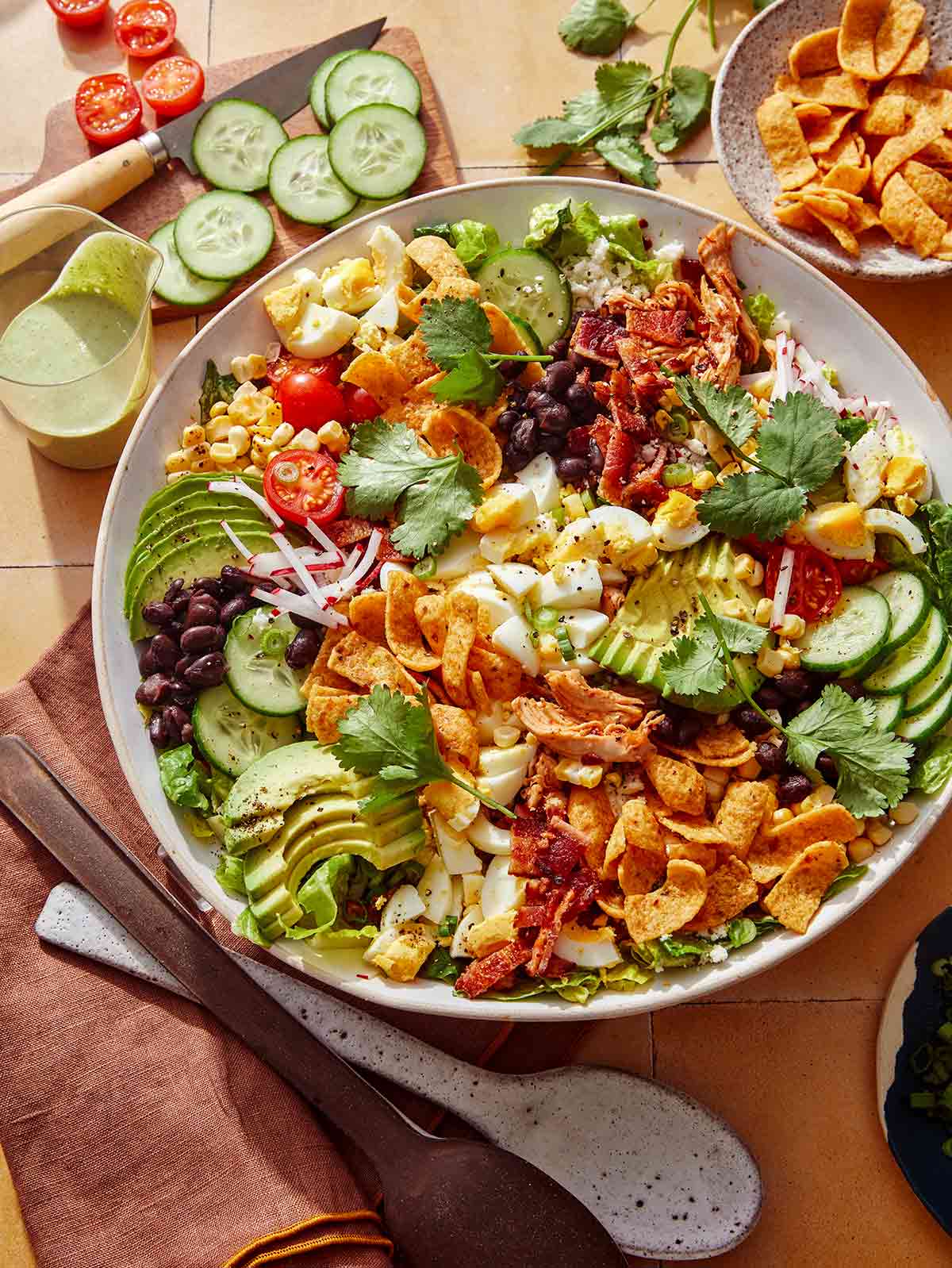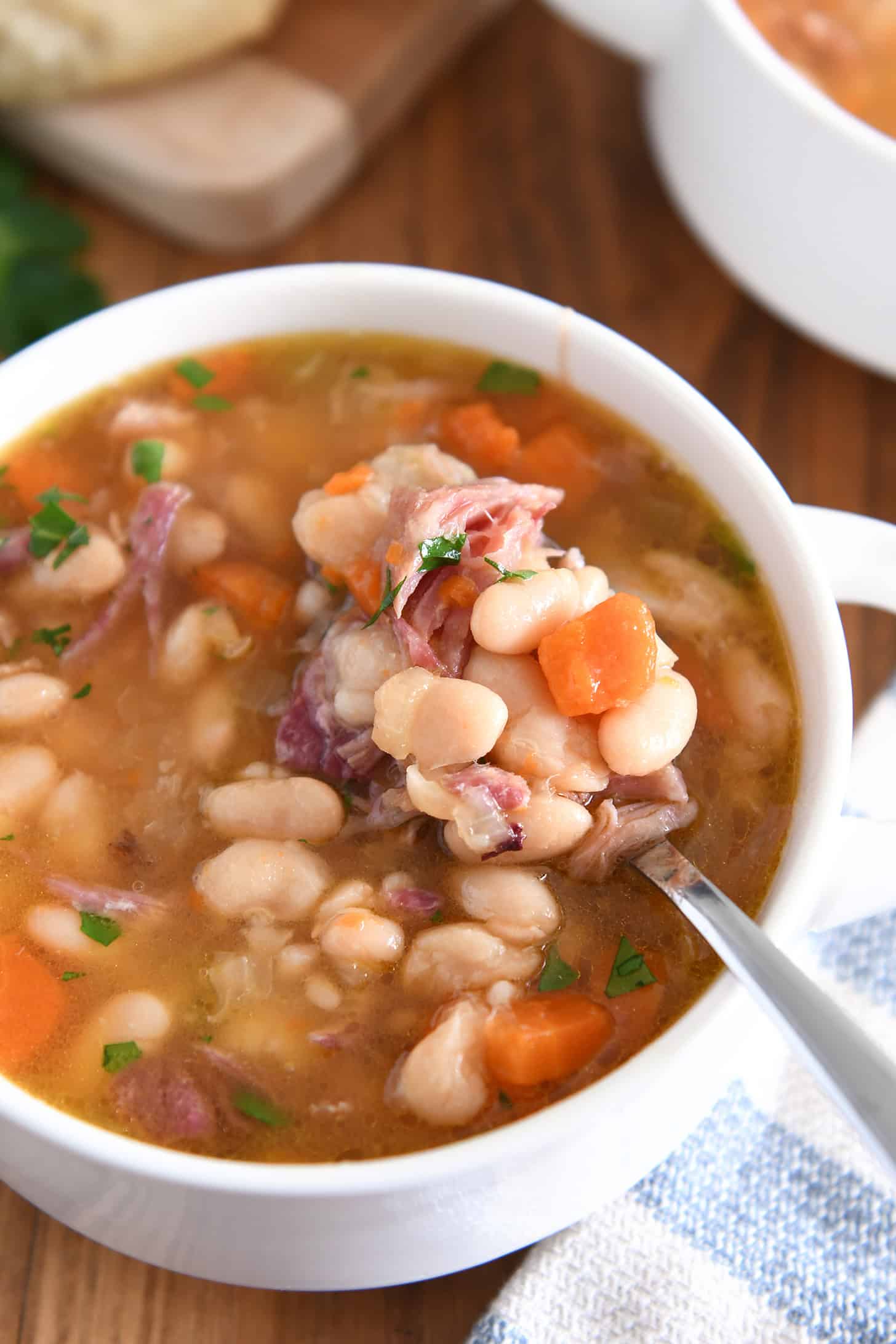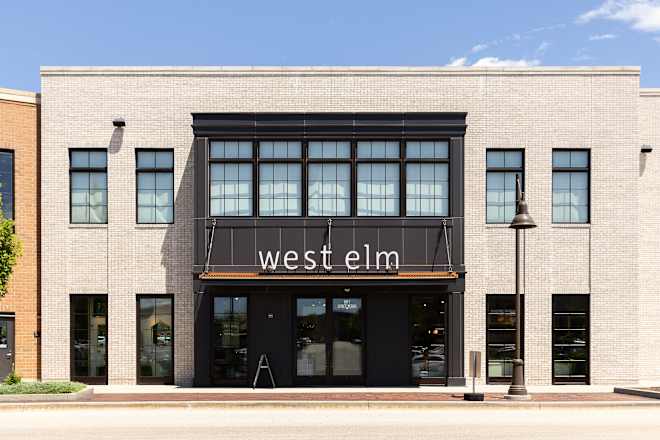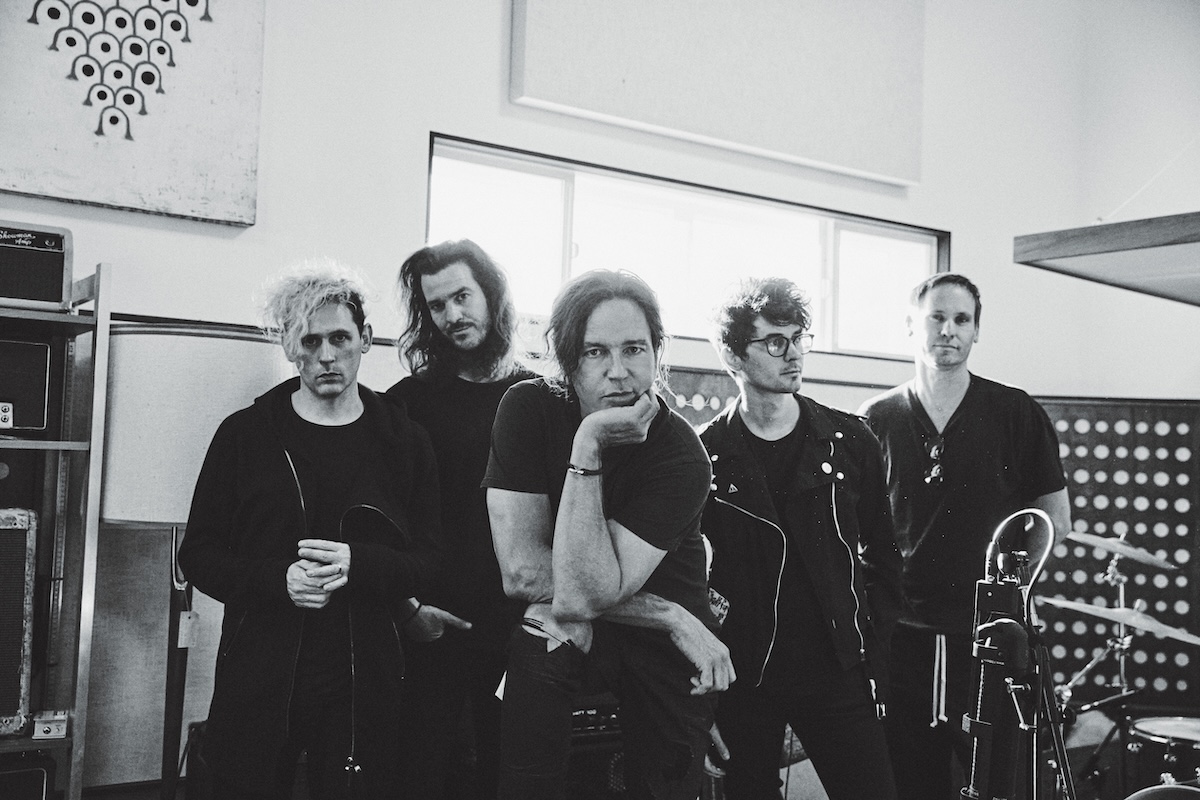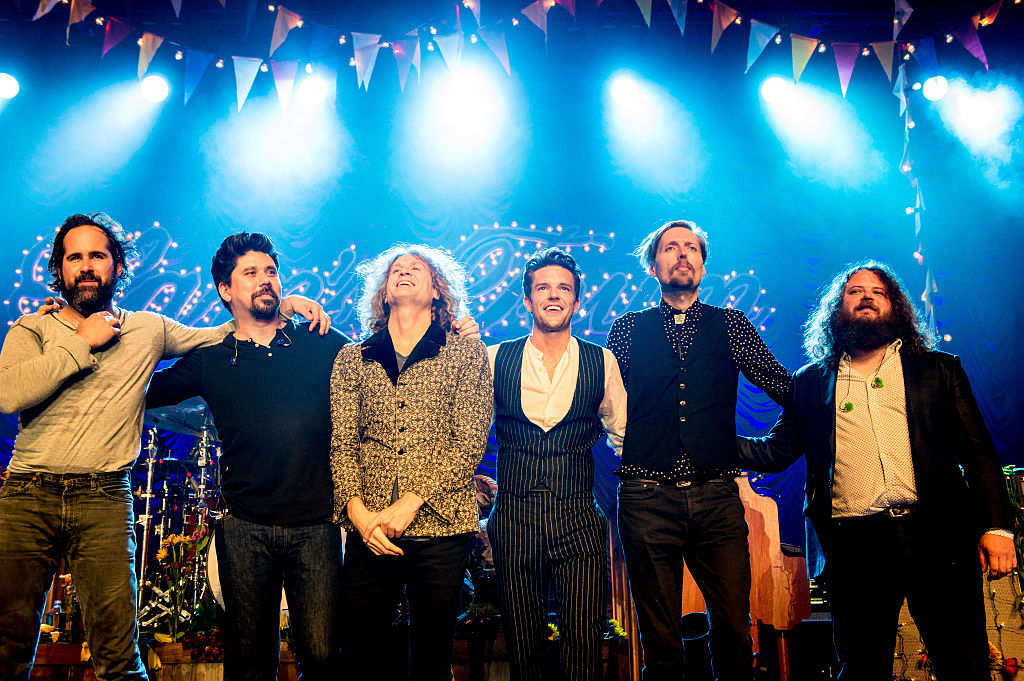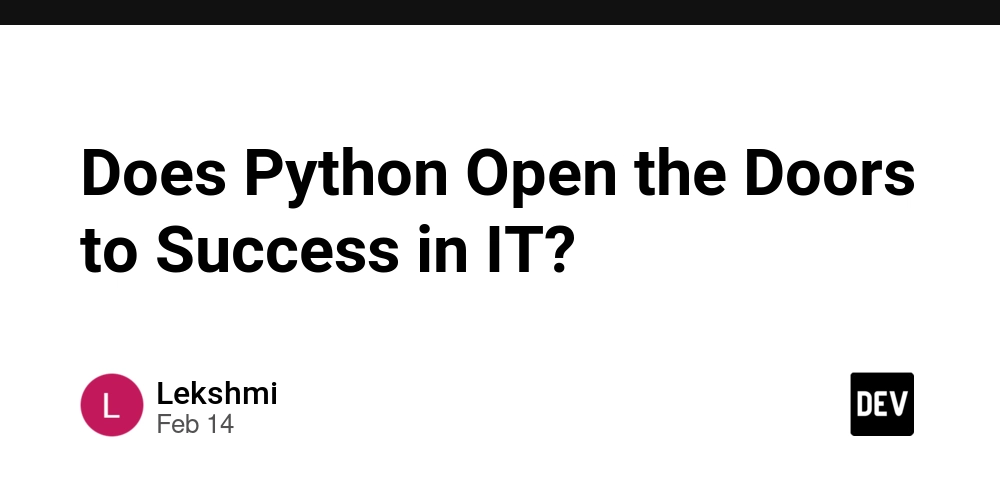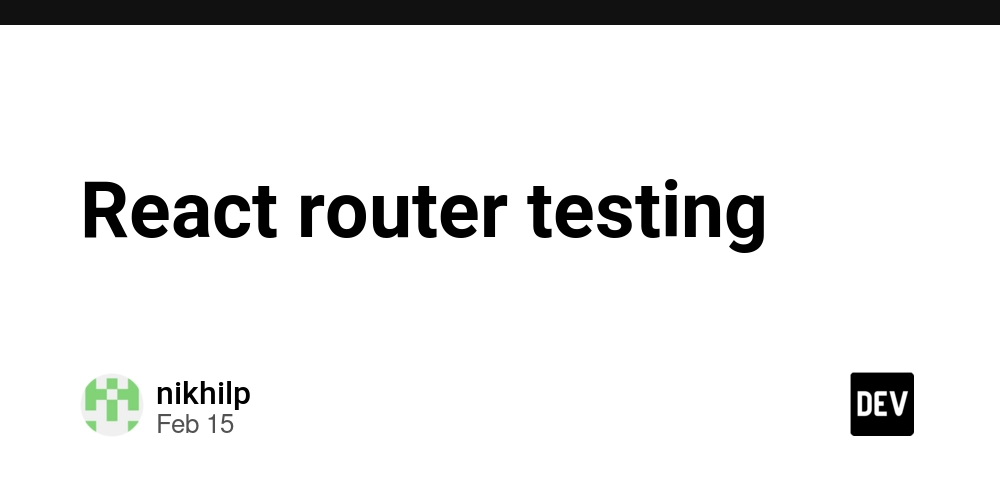Creating a Super-Agent to Manage Milk, Routes, Health & Humans
How a Small Family Farm Inspired Me to Build Something Bigger with Code (and AI) From RFID tags to intelligent agents—how a small dairy project turned into a full-stack tech venture I’ve never personally visited a dairy farm in India, even though my family owns one. Growing up, it was just something happening far away—part of our background, our roots, but not something I imagined I'd be involved in. That changed when we started talking seriously about expansion. What started as a casual thought—"let’s grow the farm"—quickly became a mission to modernize it. And not just expand in size, but in intelligence. I realized I could bring in what I know best: software, AI, and systems architecture. From Manual to Smart: Where It All Began I started simple—with RFID ear tags. The idea was to scan a buffalo and instantly see its milk production, health history, and breeding data. I built the backend with .NET Core, the frontend with Blazor, and structured everything in SQL Server. That alone brought the farm out of notebooks and into dashboards. But it didn’t stop there. Introducing AI into a Rural Ecosystem Once the base system worked, the next question was obvious: “What if this system could think, predict, and assist?” So, I began integrating AI modules into FarmersMilk—not as gimmicks but as actual agents solving real problems. AI Route Optimization Agent FarmersMilk deliveries are done manually now, but as we scale milk distribution to nearby cities, I’ve built an AI-based Route Optimization Agent. It factors in: • Delivery locations • Road conditions • Fuel consumption • Real-time data from GPS trackers And then it calculates the fastest, most fuel-efficient route for our drivers using AI-powered algorithms. It’s like Google Maps but tuned for rural delivery realities, not highways. Conversational AI Agent (Farmer Assistant) Many of our workers and delivery staff don’t interact well with dashboards or UIs. So, I’m building a Conversational AI Agent that can respond to voice/text queries in Telugu, Hindi, and English. A farmer can simply say: “How much milk did A5 produce last week?” And the system replies with the exact record. This makes technology accessible to non-technical users and adds a human-like interface on top of our backend. AI Health Monitoring & Predictive Maintenance We're also training models to analyze: • Milk production drops • RFID scan frequency • Feeding patterns • Temperature/vibration data (from IoT sensors) The goal is to predict early health issues or machine failures before they become visible or cause damage. These agents will send alerts to farm staff and recommend actions—just like a virtual vet or technician. How It All Comes Together I’ve designed a hierarchical AI agent system where: • A Super-Agent manages multiple specialized agents • Each agent handles a unique role: route planning, animal health, delivery tracking, customer support • Data flows between agents and the .NET Core backend to create a real-time, decision-making ecosystem It’s not just software anymore, it’s a thinking farm system. Final Thought This didn’t come from a lab or a funding pitch deck. It came from a quiet farm that deserved better tools. I’m still not a farmer. But now, I’m building tech that listens like one, plans like one, and supports the people who live that life daily. If you think farms can’t be smart, you haven’t seen what happens when AI meets tradition.

How a Small Family Farm Inspired Me to Build Something Bigger with Code (and AI)
From RFID tags to intelligent agents—how a small dairy project turned into a full-stack tech venture
I’ve never personally visited a dairy farm in India, even though my family owns one. Growing up, it was just something happening far away—part of our background, our roots, but not something I imagined I'd be involved in.
That changed when we started talking seriously about expansion.
What started as a casual thought—"let’s grow the farm"—quickly became a mission to modernize it. And not just expand in size, but in intelligence. I realized I could bring in what I know best: software, AI, and systems architecture.
From Manual to Smart: Where It All Began
I started simple—with RFID ear tags.
The idea was to scan a buffalo and instantly see its milk production, health history, and breeding data. I built the backend with .NET Core, the frontend with Blazor, and structured everything in SQL Server.
That alone brought the farm out of notebooks and into dashboards.
But it didn’t stop there.
Introducing AI into a Rural Ecosystem
Once the base system worked, the next question was obvious:
“What if this system could think, predict, and assist?”
So, I began integrating AI modules into FarmersMilk—not as gimmicks but as actual agents solving real problems.
AI Route Optimization Agent
FarmersMilk deliveries are done manually now,
 but as we scale milk distribution to nearby cities, I’ve built an AI-based Route Optimization Agent.
but as we scale milk distribution to nearby cities, I’ve built an AI-based Route Optimization Agent.
It factors in:
• Delivery locations
• Road conditions
• Fuel consumption
• Real-time data from GPS trackers
And then it calculates the fastest, most fuel-efficient route for our drivers using AI-powered algorithms.
It’s like Google Maps but tuned for rural delivery realities, not highways.
Conversational AI Agent (Farmer Assistant)
Many of our workers and delivery staff don’t interact well with dashboards or UIs. So, I’m building a Conversational AI Agent that can respond to voice/text queries in Telugu, Hindi, and English.
A farmer can simply say:
“How much milk did A5 produce last week?”
And the system replies with the exact record.
This makes technology accessible to non-technical users and adds a human-like interface on top of our backend.
AI Health Monitoring & Predictive Maintenance
We're also training models to analyze:
• Milk production drops
• RFID scan frequency
• Feeding patterns
• Temperature/vibration data (from IoT sensors)
The goal is to predict early health issues or machine failures before they become visible or cause damage.
These agents will send alerts to farm staff and recommend actions—just like a virtual vet or technician.
How It All Comes Together
I’ve designed a hierarchical AI agent system where:
• A Super-Agent manages multiple specialized agents
• Each agent handles a unique role: route planning, animal health, delivery tracking, customer support
• Data flows between agents and the .NET Core backend to create a real-time, decision-making ecosystem
It’s not just software anymore, it’s a thinking farm system.
Final Thought
This didn’t come from a lab or a funding pitch deck.
It came from a quiet farm that deserved better tools.
I’m still not a farmer. But now, I’m building tech that listens like one, plans like one, and supports the people who live that life daily.
If you think farms can’t be smart, you haven’t seen what happens when AI meets tradition.
